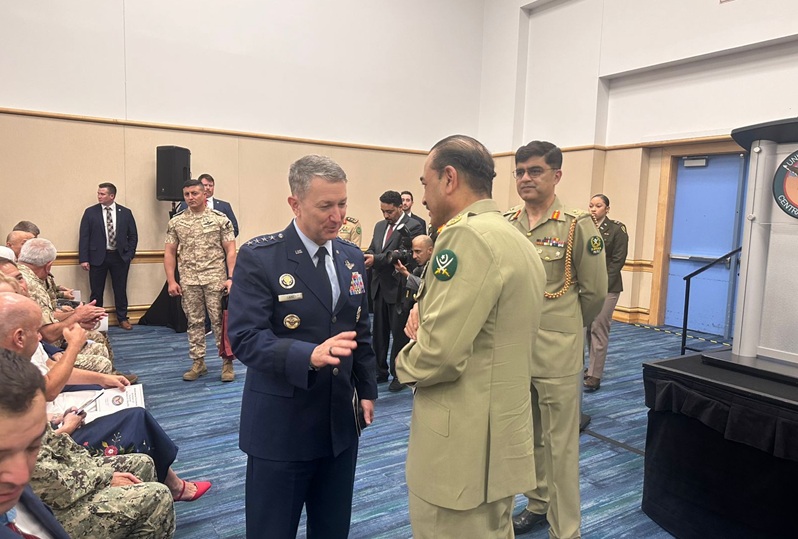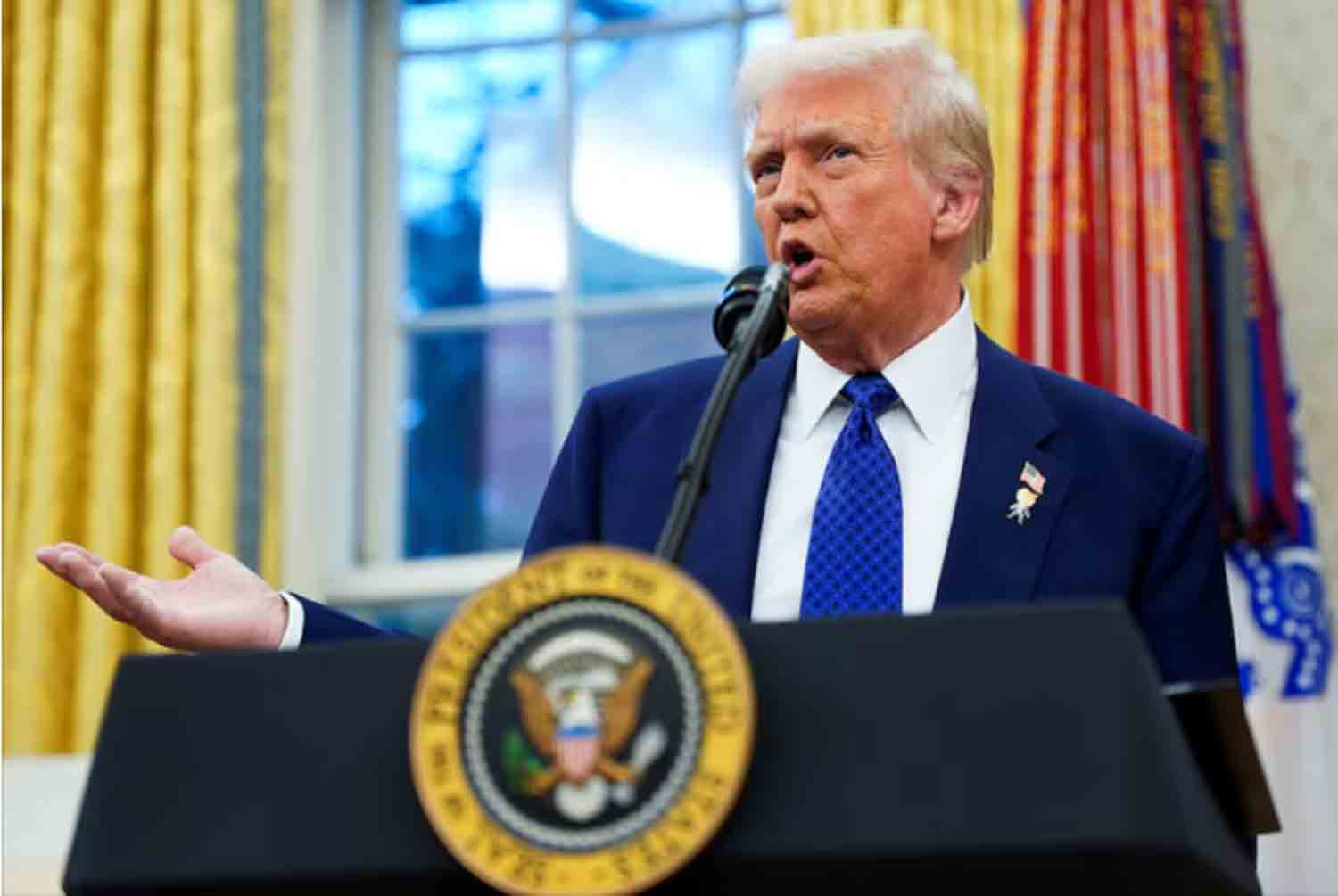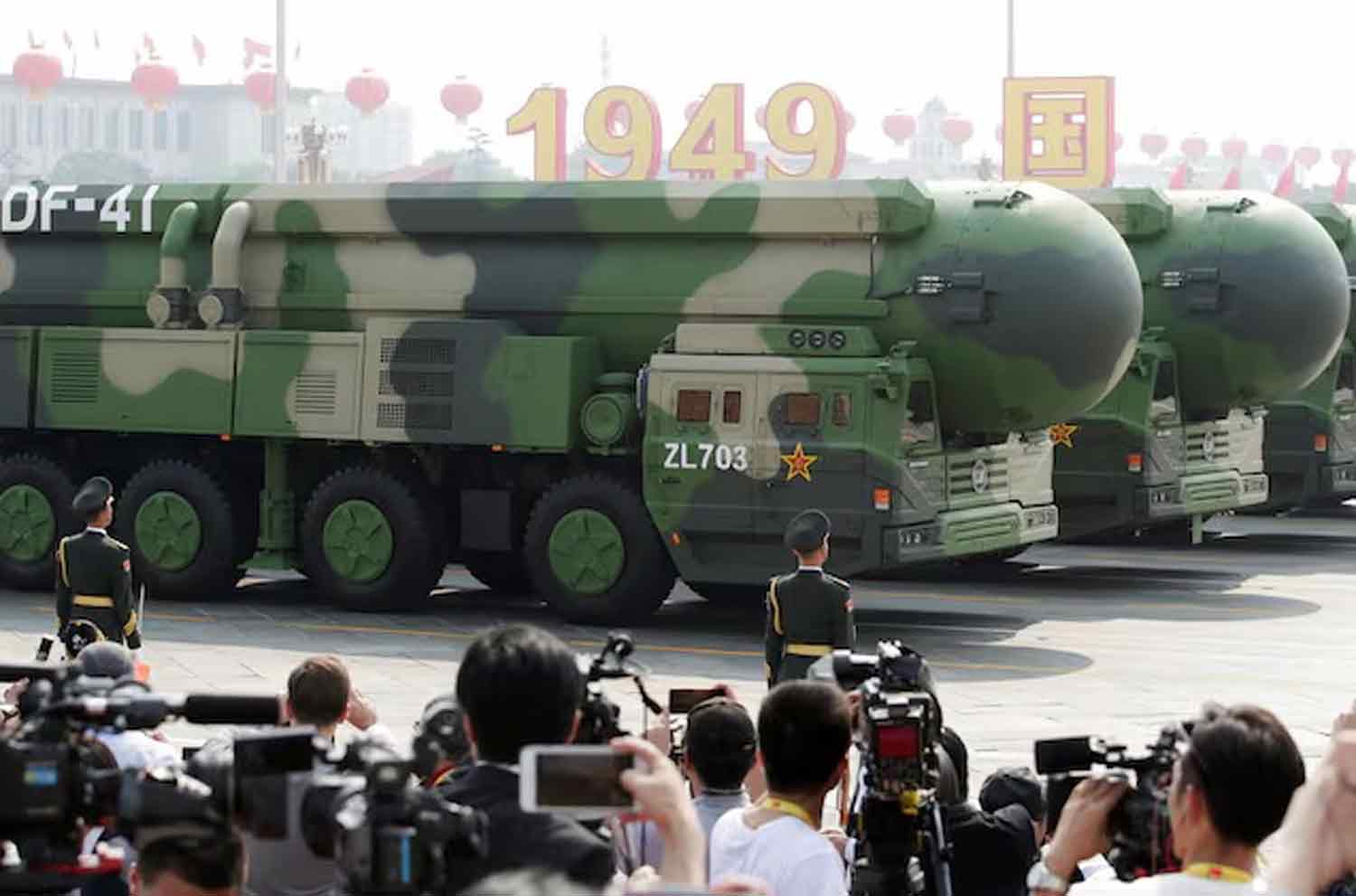President Trump imposed a 50% tariff on Indian goods, a punitive measure targeting India’s purchase of Russian oil. This decision disrupts decades of U.S. efforts to strengthen ties with New Delhi and signals a broader realignment toward Pakistan, upending the traditional U.S. approach to South Asia.
For years, U.S. policy favored India, viewing it as a democratic counterweight to China and a key economic partner. Pakistan, meanwhile, was often seen as an unreliable ally, valued primarily for its role in counterterrorism but criticized for its inconsistent cooperation. However, Trump’s recent actions have challenged this framework, introducing a more balanced strategy that acknowledges Pakistan’s regional importance while holding India accountable.
The shift began to take shape in Trump’s March address to Congress, where he praised Pakistan for its role in capturing a senior Islamic State commander responsible for the Kabul airport bombing that killed 21 American service members. This public acknowledgment marked a departure from years of U.S. criticism of Pakistan, recognizing its critical counterterrorism contributions. Islamabad welcomed the gesture as a sign of a potential reset in relations.
Further cementing this shift, Trump met privately with Pakistan’s army chief, Gen. Syed Asim Munir, at the White House to discuss counterterrorism and economic ties—a rare move for a U.S. president. This engagement reflects an understanding of the Pakistani military’s central role in the country and opens the door to cooperation on trade and energy, offering Pakistan much-needed economic support. Pakistan’s reforms have also gained international recognition. The Financial Action Task Force recently removed Pakistan from its “gray list” for progress in combating terrorist financing and money laundering, boosting its access to global markets. This development aligns with Trump’s approach, providing further incentive for U.S. cooperation.
Trump has also positioned himself as a mediator in the region. When recent India-Pakistan skirmishes threatened escalation, his behind-the-scenes diplomacy helped de-escalate tensions, averting a potential nuclear crisis. India, however, has resisted these efforts, rejecting Trump’s mediation and continuing to rely on non-U.S. energy sources, prompting the severe tariffs. This marks a sharp decline in a relationship once central to U.S. strategy in Asia.
The tariffs reflect a broader recalibration. For decades, the U.S. viewed India as a rising power to counter China, investing heavily in its economy through technology and capital transfers. Yet, India’s foreign policy, resistance to U.S. sanctions, and protectionist economic practices raise concerns about whether it could follow China’s path—leveraging U.S. support to become a strategic rival. Trump’s willingness to sanction India and elevate Pakistan suggests a pragmatic response to these risks.
Looking forward, shared interests could strengthen U.S.-Pakistan ties. Pakistan’s intelligence and counterterrorism cooperation remain vital, especially with reports of al Qaeda’s resurgence in Afghanistan. Additionally, Pakistan’s mineral resources, including rare earths, could provide the U.S. with strategic economic opportunities. In a symbolic nod to Trump’s outreach, Pakistan has nominated him for the Nobel Peace Prize, signaling potential for a deeper partnership.
Trump’s approach—rewarding Pakistan’s cooperation, pressuring India when it diverges from U.S. interests, and intervening in crises—reflects a disruptive yet pragmatic strategy.
By balancing relations with both nations, he has reasserted U.S. influence in a volatile region. While unconventional, this approach prioritizes American interests and recognizes the complex realities of South Asia, where strategic balance is essential to prevent catastrophe.
Discover more from Defence Talks | Defense News Hub, Military Updates, Security Insights
Subscribe to get the latest posts sent to your email.





